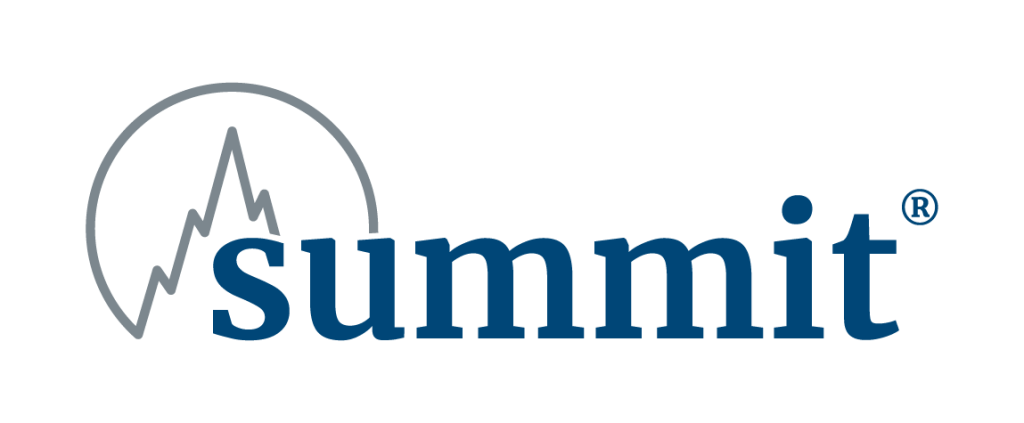
SAFETY TOPICS
Do Your Employees Use Forklifts?
According to the National Safety Council, forklift incidents accounted for 7,290 nonfatal injuries that involved days away from work in 2020.1 A forklift is a powered industrial truck that is used across many industries to carry and transport heavy materials. They are most commonly used to move, remove, raise, or lower objects on pallets and in other containers.1,2 Let’s talk about the most common injuries associated with operating forklifts and how to help keep your workers safe.

Injury causes
The three most common causes for forklift-related deaths are forklift overturns, workers on foot being struck by forklifts, and workers falling from forklifts. The forklift equipment—along with the work environment and actions of the forklift operator—can contribute to fatal incidents.3 These incidents can be prevented with proper and frequent training on operating and working around forklifts.
Preventing forklift incidents
To help keep your workers and your business safe, the Occupational Safety and Health Administration (OSHA) has set standards for maintaining, operating and working near forklifts.3
- Make sure that workers do not operate a forklift unless they have been trained and licensed. See also 29 C.F.R. § 1910.178(l) (2023) (Powered industrial trucks – “Operator Training”)
- Develop, implement, and enforce a comprehensive written safety program that includes worker training, operator licensure, and a timetable for reviewing and revising the program. A comprehensive training program is important for preventing injury and death.
- Establish a vehicle inspection and maintenance program.
- Address factors that affect the stability of a forklift in operator training—such as the weight and symmetry of the load, the speed at which the forklift is traveling, operating surface, tire pressure, and driving behavior.
- Ensure that operators use only an approved lifting cage and adhere to general safety practices for elevating personnel with a forklift. The platform must be secured to the lifting carriage or forks.
- Establish a system to alert workers when a forklift is nearby. Use horns, audible backup alarms, and flashing lights to warn workers and other forklift operators in the area. Flashing lights are especially important in areas where the ambient noise level is high.
- Ensure that workplace safety inspections are routinely conducted by a person who can identify hazards and conditions that are dangerous to workers. Hazards include obstructions in the aisle, blind corners and intersections, and forklifts that come too close to workers on foot. The person who conducts the inspections should have the authority to implement prompt corrective measures.
A safe work environment, a safe forklift, comprehensive worker training, safe work practices, and systematic traffic management can help reduce the risk of forklift incidents.3
Summit is here to help!
We offer a Forklift Safety Rules poster—available in English and Spanish—that you can use as a training tool. If you’d like additional information on forklift safety, please contact your Summit loss prevention consultant.
Footnotes
- “Safety Topics: Forklifts.” NSC Injury Facts, The National Safety Council, injuryfacts.nsc.org/work/safety-topics/forklifts/#:~:text=Forklifts%20were%20the%20source%20of,of%20body%20injured%2C%20and%20industry (Accessed September 19, 2023).
- “Powered Industrial Trucks (Forklift) eTool.” Occupational Safety and Health Administration (OSHA), U.S. Dept. of Labor, www.osha.gov/etools/powered-industrial-trucks (Accessed September 19, 2023).
- “Preventing Injuries and Deaths of Workers Who Operate or Work Near Forklifts.” Centers for Disease Control and Prevention, US. Dept. of Health & Human Serv., last reviewed June 6, 2014, www.cdc.gov/niosh/docs/2001-109/default.html (Accessed September 19, 2023).
Disclaimer
The information presented in this publication is intended to provide guidance and is not intended as a legal interpretation of any federal, state or local laws, rules or regulations applicable to your business. The loss prevention information provided is intended only to assist policyholders of Summit managed insurers in the management of potential loss producing conditions involving their premises and/or operations based on generally accepted safe practices. In providing such information, Summit Consulting LLC does not warrant that all potential hazards or conditions have been evaluated or can be controlled. It is not intended as an offer to write insurance for such conditions or exposures. The liability of Summit Consulting LLC and its managed insurers is limited to the terms, limits and conditions of the insurance policies underwritten by any of them.

